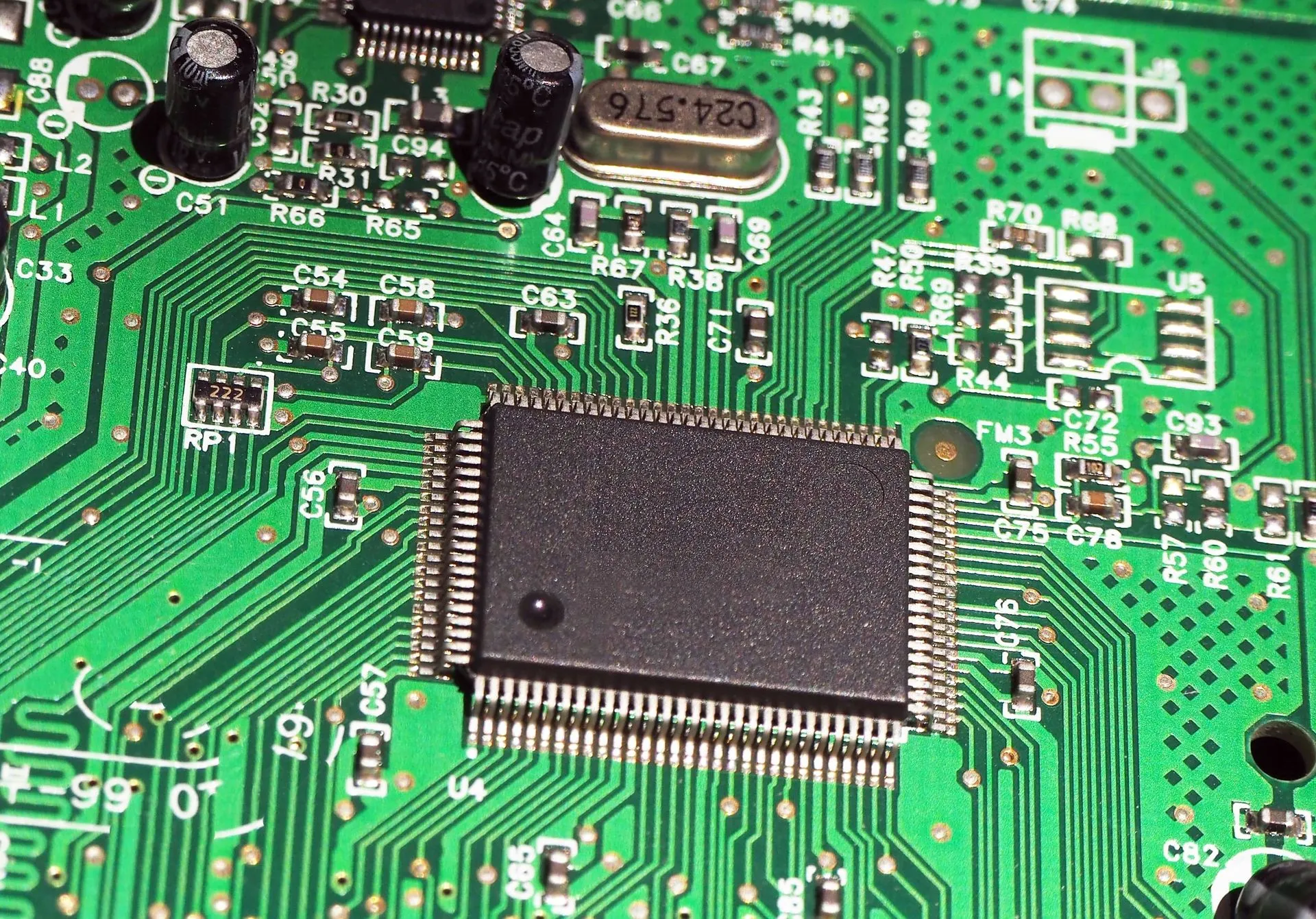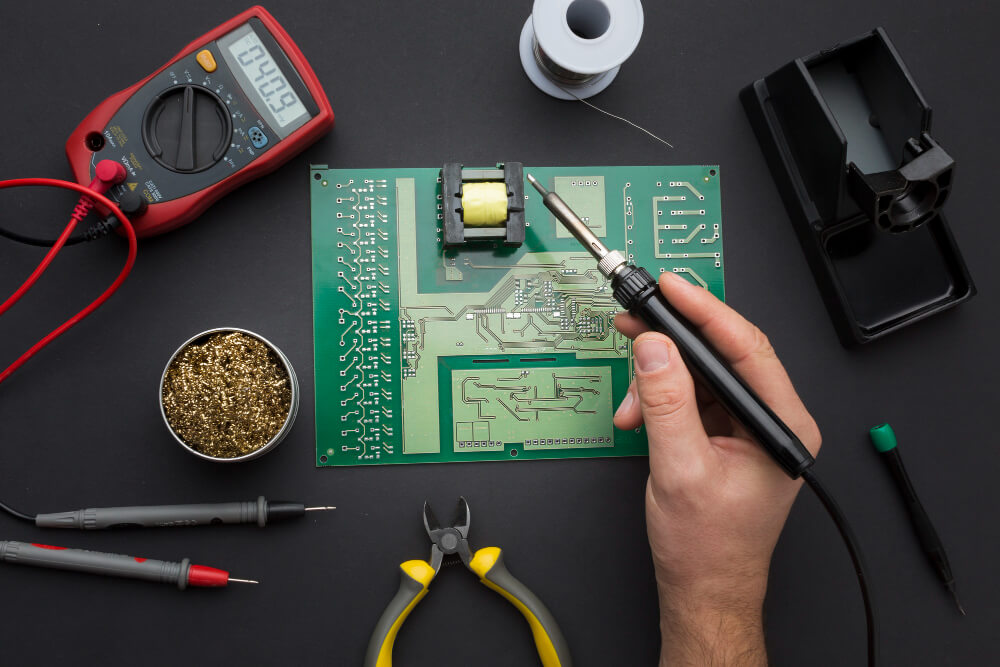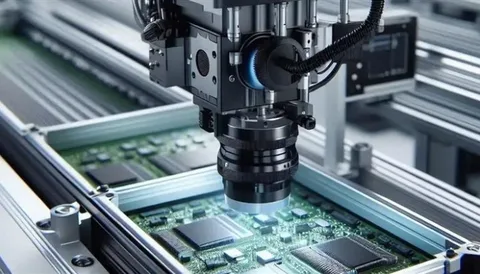Technology is advancing faster than ever, and businesses must keep up to remain competitive. But what happens when crucial components, software, or processes become outdated? This is where obsolescence management comes into play.
Obsolescence management is the practice of predicting, mitigating, and handling outdated components, materials, or systems to ensure long-term functionality. Companies that don’t plan for obsolescence risk costly disruptions, compliance issues, and reduced operational efficiency.
What is Obsolescence?
Obsolescence occurs when a product, component, or technology becomes outdated and is no longer supported or manufactured. This can happen due to technological advancements, shifts in market demand, or regulatory changes.
Types of Obsolescence
- Technical Obsolescence: When a newer, more advanced technology replaces an older one. For example, floppy disks becoming obsolete after the rise of USB drives.
- Functional Obsolescence: When a product no longer meets performance expectations. An old smartphone may still work, but if it doesn’t support modern apps, it’s functionally obsolete.
- Planned Obsolescence: When manufacturers intentionally design products with limited lifespans to encourage upgrades (e.g., fast-degrading batteries in electronics).
- Regulatory Obsolescence: When laws or industry standards require companies to replace old technology with compliant alternatives.
Why is Obsolescence Management Important?
Without a solid obsolescence management strategy, businesses face several risks:
- Operational Disruptions: If a critical component is no longer available, production lines may come to a halt.
- Higher Costs: Emergency replacements or system redesigns can be expensive.
- Security & Compliance Risks: Outdated software and hardware are vulnerable to cyber threats and may violate industry regulations.
- Customer Satisfaction Issues: If a company cannot service or support older products, customer trust can decline.
Organizations that manage obsolescence effectively avoid these pitfalls and maintain long-term efficiency.
Strategies for Effective Obsolescence Management
Proactive planning can save businesses from last-minute crises. Here are six key strategies:
1. Monitor Product Lifecycles
Understanding the lifecycle of your equipment, software, and components helps anticipate when replacements or upgrades will be needed. Businesses should:
- Track supplier announcements on product discontinuations.
- Monitor industry trends to see which technologies are being phased out.
- Use lifecycle analysis tools to predict obsolescence risks.
2. Establish Strong Supplier Relationships
Having a good relationship with suppliers ensures early warnings about discontinuations and access to alternative solutions. Some steps include:
- Regular communication with vendors.
- Agreements that guarantee advance notice of product end-of-life (EOL).
- Identifying backup suppliers in case of unexpected shortages.
3. Inventory & Spare Parts Management
Stocking essential spare parts can prevent unexpected downtime. However, excessive stockpiling can lead to financial losses. A balanced approach involves:
- Keeping a small but critical inventory of essential components.
- Implementing just-in-time (JIT) procurement for less critical parts.
- Investing in alternative sourcing for hard-to-find parts.
4. Design Products with Upgradability in Mind
To reduce obsolescence risks, companies can design products that allow for easy upgrades. This includes:
- Using modular components that can be replaced individually.
- Ensuring software compatibility with newer hardware versions.
- Avoiding proprietary components that may be hard to source later.
5. Use Predictive Obsolescence Management Tools
Modern technology provides powerful tools for tracking obsolescence risks. Companies can:
- Use Obsolescence Management Software to receive alerts on EOL components.
- Implement AI-driven analytics to predict when replacements will be necessary.
- Maintain a digital database of all components and their expected lifespans.
6. Plan for Redesigns and Upgrades
Sometimes, replacing obsolete components isn’t an option. In these cases, companies must plan for system redesigns:
- Assess whether a complete replacement or partial upgrade is needed.
- Identify cost-effective alternatives that ensure continued performance.
- Work with engineers to ensure new components integrate seamlessly with existing systems.
Challenges in Obsolescence Management
Even with the best strategies, companies face some obstacles:
- Rapid Technological Changes: Newer technologies are emerging faster than ever, making long-term planning difficult.
- Supply Chain Disruptions: Global events (e.g., chip shortages, trade restrictions) can suddenly limit access to key components.
- Budget Constraints: Not all companies can afford constant system upgrades or spare part stockpiling.
- Regulatory Compliance: Adapting to new industry standards can be costly and complex.
Despite these challenges, businesses that implement strong obsolescence management practices can minimize risks and maintain a competitive edge.
Case Study: Obsolescence Management in the Aerospace & Defense Industry
The aerospace and defense sector heavily relies on long-lasting equipment, making obsolescence management crucial. Many military aircraft, for example, are designed to last decades. However, electronics and other components within these aircraft become obsolete much faster.

To address this issue, organizations like the U.S. Department of Defense have Diminishing Manufacturing Sources and Material Shortages (DMSMS) programs to monitor component lifecycles and proactively source alternatives before critical failures occur. This approach ensures aircraft and defense systems remain operational without the need for frequent redesigns.
Industry Standards for Obsolescence Management
Several international standards guide companies in handling obsolescence, including:
- IEC 62402:2019 – Obsolescence Management: Provides a framework for systematic obsolescence planning.
- AS5553 – Counterfeit Parts Prevention: Helps companies avoid fake or outdated components in their supply chain.
- ISO 9001 – Quality Management: Ensures that businesses have a structured approach to obsolescence risk.
Adhering to these standards improves reliability, compliance, and cost efficiency.
Future Trends in Obsolescence Management
As industries become more reliant on digital transformation, obsolescence management will evolve. Key trends include:
- Artificial Intelligence (AI) for Obsolescence Prediction: AI-driven tools will analyze supply chain data to predict obsolescence risks before they arise.
- 3D Printing for Spare Parts: Companies will increasingly use 3D printing to manufacture obsolete components on demand.
- Sustainable Product Design: Future products will be designed with longevity and recyclability in mind, reducing waste and obsolescence issues.
Businesses that embrace these advancements will be better positioned to manage obsolescence proactively.
Final Thoughts
Obsolescence is inevitable, but companies that plan for it can avoid costly disruptions. By implementing lifecycle tracking, supplier collaboration, strategic inventory management, and predictive tools, businesses can ensure long-term efficiency and sustainability.
Whether you’re in manufacturing, aerospace, healthcare, or IT, proactive obsolescence management is essential for maintaining smooth operations and staying competitive in a rapidly changing market.






